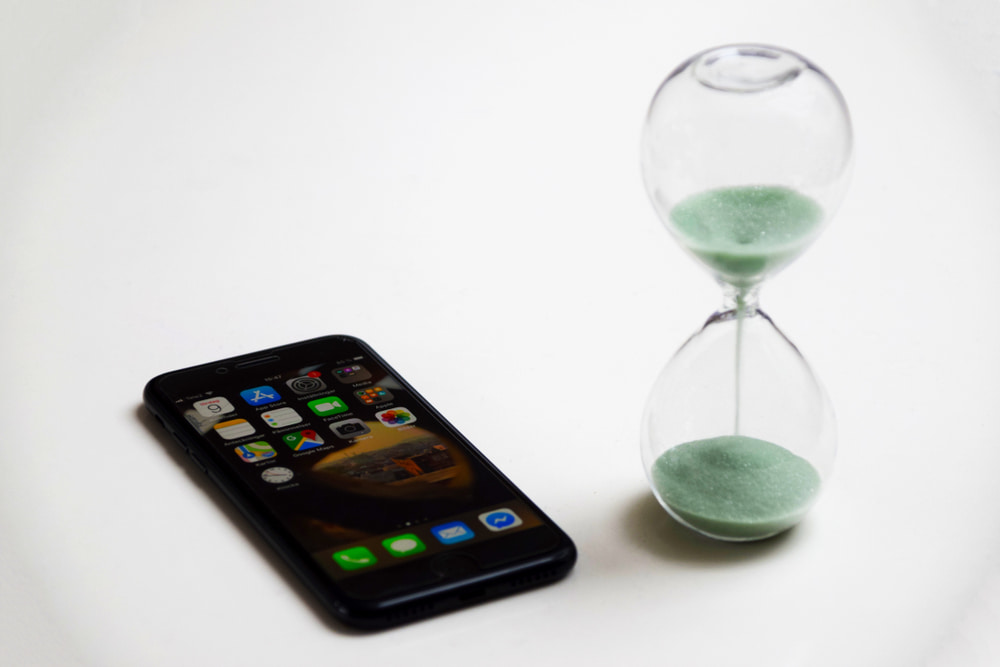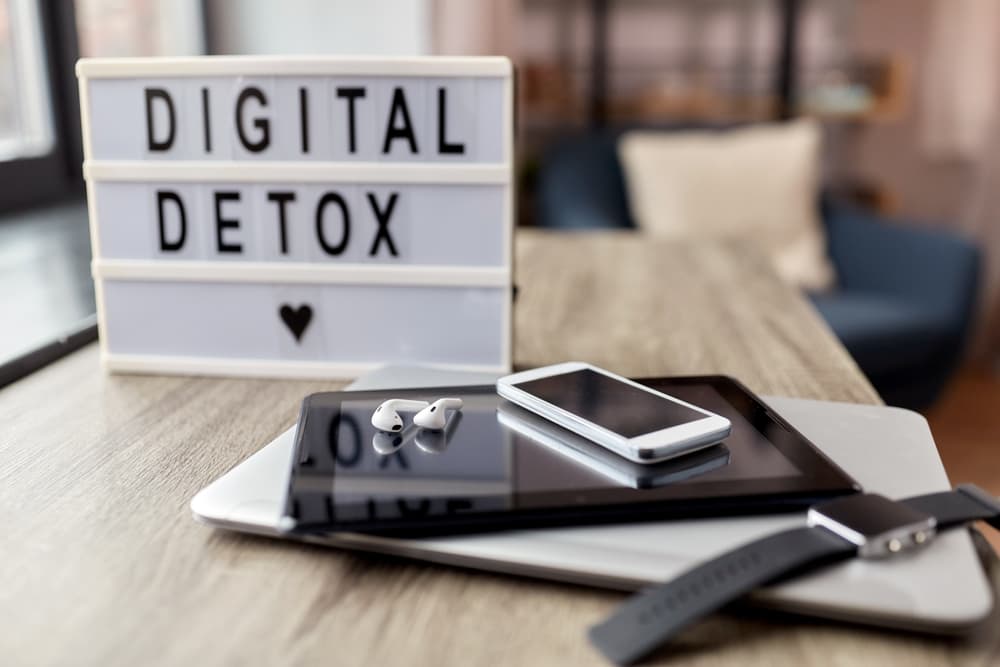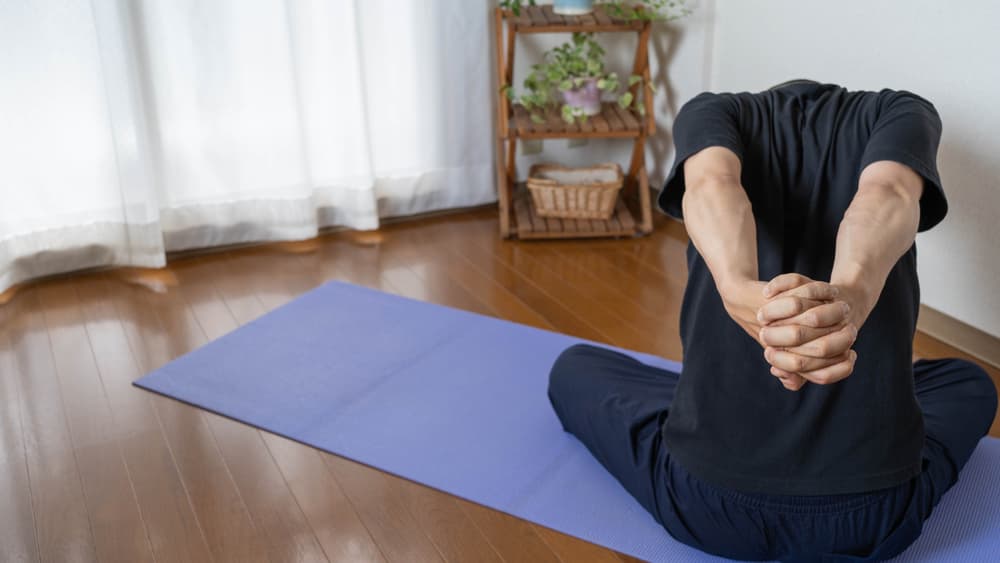Lifestyle tips for reducing screen time and staying active


Digital era is dominated today by screens which makes some people feel exposed and overdependent on digital gadgets. From career to entertainment, the large part of our time is taken by the devices which we call the screen. Although technology has its advantages, constant display time can cause various health problems such as physical health, mental wellness, and work-life balance issues. To cancel these out, it is imperative to adopt healthy routines that not only minimize the use of electronic devices but also increase the time of physical physical activity.
This guide offers actionable lifestyle tips for reducing screen time and staying active while weaving in examples, expert advice, and one inspiring success story.
Why Reducing Screen Time Matters


Excessive screen time has been linked to several issues, including:
- Physical Strain: Common complaints include eye strain, headaches, and poor posture.
- Mental Fatigue: Continuous scrolling can lead to stress, anxiety, and disrupted mental wellness.
- Reduced Physical Activity: More screen time often means less movement, contributing to weight gain and muscle stiffness.
Reducing the time spent on a screen and becoming more active is another way to get healthier and experience an enhanced life quality.
Set Screen Time Limits
Assess Your Screen Usage


Start by understanding how much time you spend on screens. Use apps like Screen Time (iOS) or Digital Wellbeing (Android) to track usage.
Establish Daily Limits
Set clear boundaries for screen time. For example:
- Work Hours: Allocate specific times for work-related device use.
- Leisure Hours: Limit recreational screen time to 1-2 hours daily.
Create Tech-Free Zones
Identify spaces in your house where tech gadgets are not allowed to be used like:
- Bedrooms (promotes better sleep hygiene).
- Dining areas (encourages family time).
Question to Consider: What are your biggest screen time distractions, and how can you manage them?
Replace Screen Time with Healthy Habits
Engage in Outdoor Activities


Spending time outdoors benefits both your mind and body. Try:
- Walking, jogging, or cycling in a nearby park.
- Organizing weekend hikes with family or friends.
- Practicing yoga or tai chi in your backyard.
Pick Up a Hobby


Find activities that don’t involve screens, such as:
- Reading physical books (consider *”The Happiness Project” by Gretchen Rubin).
- Painting, knitting, or playing an instrument.
- Gardening to grow your herbs or vegetables.
Practice Digital Detoxes


Inspired by Cal Newport’s “Digital Minimalism“, schedule regular breaks from screens. Start small with:
- A one-hour tech-free window daily.
- A no-phone weekend challenge.
Question: What offline activity brings joy and relaxation to your daily routine?
Incorporate Physical Activity into Your Day
Workplace Movement Tips


Combat sedentary habits by:
- Trying out of walking with a standing desk or taking calls.
- Setting timers to stretch every 30 minutes.
- Organizing “walk and talk” meetings.
Family-Friendly Activities


Spend quality time while staying active by:
- Playing outdoor games like frisbee or tag.
- Going for evening family walks.
- Hosting a dance night at home.
Leverage Free Resources


Find budget-friendly fitness options like:
- YouTube workout tutorials (from yoga to high-intensity training).
- Local parks with free fitness equipment.
- Community sports leagues or walking clubs.
Example: Mary, a mother of two, found her groove with complimentary morning yoga videos. This practice not only kept her active but also reduced her stress levels.
Question to Consider: How can you incorporate small bursts of activity into your daily schedule?
Build Sustainable Healthy Habits
Simplify Your Routine


Follow advice from “Essentialism“ by Greg McKeown to focus on what truly matters. Simplify your schedule by:
- Identifying key priorities (e.g., health and family).
- Eliminating unnecessary commitments that lead to overuse of screens.
Foster a Balanced Sleep Schedule


Good sleep hygiene is critical for reducing screen dependency and staying active. Tips include:
- Logging off of appliances at least sixty minutes before sleeping is a beneficial move.
- Establishing a calming nighttime routine (e.g., reading or meditating).
Track Progress and Celebrate Wins


Use a journal or app to log your screen-free activities and physical achievements. Celebrate small milestones, like completing a week without evening screen time.
Question: What minor adjustments can you make to simplify your lifestyle and reduce digital distractions?
Embrace Work-Life Balance


Time Management Techniques
Implement strategies like:
- Pomodoro Technique: Work in focused 25-minute intervals with 5-minute breaks.
- Time Blocking: Schedule specific times for work, exercise, and leisure.
Prioritize Family Time
Strengthen relationships with:
- Regular family dinners without screens.
- Weekend outings or board game nights.
Practice Gratitude
Inspired by “Ikigai“, embrace a purposeful life by appreciating simple joys—like a walk in nature or a heartfelt conversation.
Question: How can you align your daily schedule with your values and goals?
Story of Success: Emily’s Digital Detox Journey
Emily, a graphic designer, noticed how excessive screen time was affecting her mental health and relationships. Determined to make a change, she implemented the following steps:
- Tech-Free Mornings: Emily started her day by practising meditation and journaling instead of checking her phone.
- Outdoor Activities: She joined a local hiking group, which kept her active and allowed her to form new friendships.
- Evening Digital Detox: She created a bedtime routine involving reading and skincare, which improved her sleep quality.
Over six months, Emily felt more energized, connected, and balanced. Her journey highlights that reducing screen time and embracing an active lifestyle can lead to profound personal growth.
Balance Your Screen Time and Embrace an Active Lifestyle
It’s not necessary to take that away from children connecting with loved ones. It is advisable to make adjustments by looking for the tiniest things that you can change in your schedule. Time limits for using screens, practicing physical activities, and the establishment of sustainable life patterns are practical measures to be taken by anyone. Think of the home environment as a place where you are not only with your family but also can enjoy nature. Someone can do this by setting screen time limits, including physical activities, and encouraging sustainable habits.
Don’t be discouraged if you are not perfect yet. Even the least amount of your small life alterations, like a daily morning walk, or a digital detox once per week is a very modest amount of all. In Emily’s road to success, it is obvious that the pursuit of the goal with responsibility is the key. Practitioners propose various options to the opposite like fitness bands, hobbies, and family sessions that can substitute screen dopamine with physical and psychological well-being.
Begin shaping your own habits right now. Dabble in activities that are in accordance with your beliefs, try to be without any connection for a while, and see the advantages of a healthier and more mindful life. Furthermore, every active, aware and decisive choice makes the path to the consistency of wellbeing easier.









